Wired to thrive on repetition
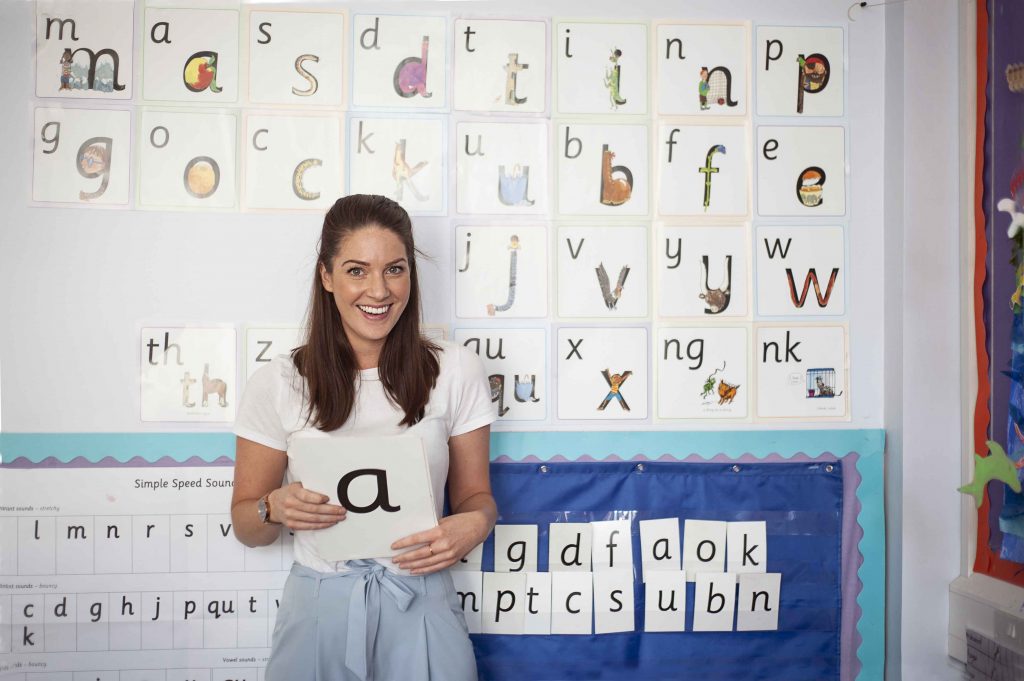
Young children are wired to thrive on repetition—they beg for their favourite stories and poems. The more you read it, the more they love it. They copy your emphases, silly voices, crazy actions. You won’t have to beg them to read at home, they’ll beg to borrow the book.
‘Again, again!’ Why reading to your child every day is a predictor of later reading comprehension
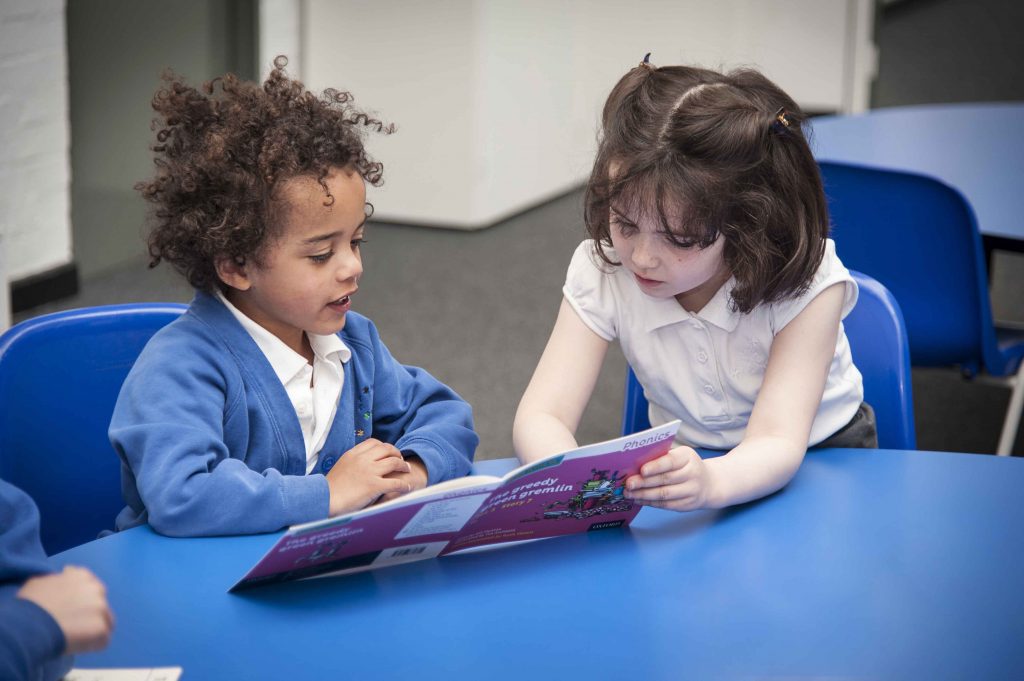
Reading the same story to your child every day isn’t just comforting—it’s a powerful predictor of their future reading success. By making books a daily ritual, you’re building their vocabulary, comprehension, and love of reading.
Recycle your carpets – 6 good reasons to disband ‘carpet’ areas in Key Stage 2
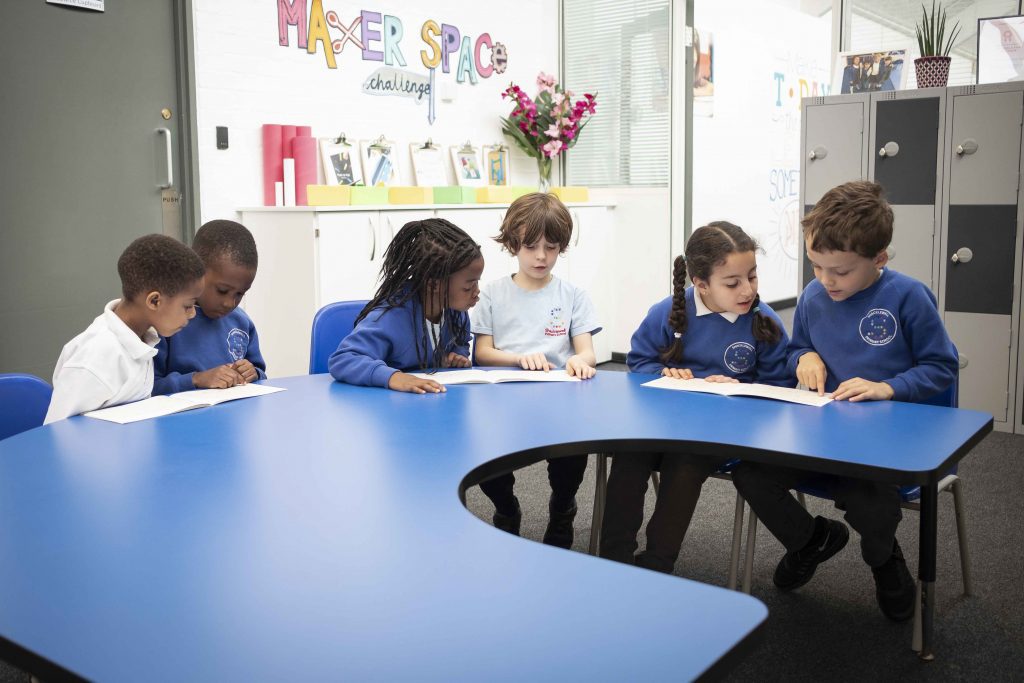
By Year 3, it’s time to rethink carpet time: it can promote poor discussion, disrupt teaching, limit writing opportunities, waste time, and contribute to poor posture.
Teaching Comprehension Strategies Alert

‘Comprehension strategies’, like making inferences, using graphic organisers, or predicting, don’t reliably boost progress in young readers; instead, building a wide reading habit and strong vocabulary is the only dependable path to true comprehension.
Some joined up thinking about dyslexic children and joined up writing

Ruth Miskin challenges the assumption that cursive writing benefits struggling readers, highlighting how joining letters early can be harder for children (especially boys), makes writing illegible, steals time from teaching reading, and overwhelms their cognitive capacity; instead, she urges teaching clear print first, with daily practice, before introducing joins once writing is automatic.
Teaching Handwriting in Reception
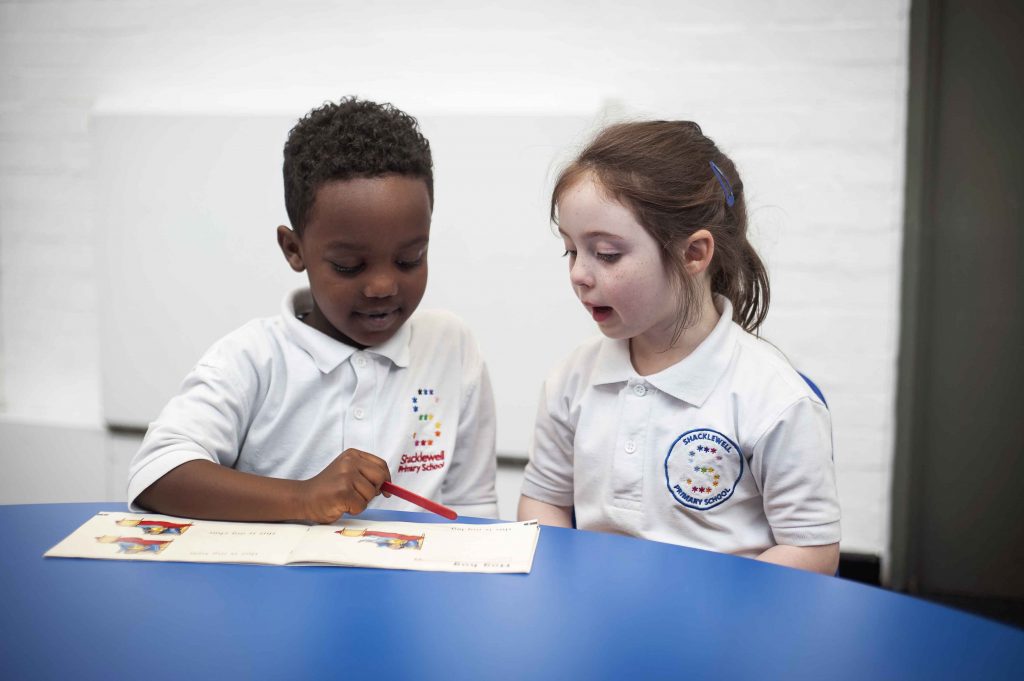
In Reception, every child benefits from daily 10–15-minute handwriting practice using sharp pencils, proper posture, “mind-picture” checklists, and “Demonstrate-Practise-Review”, all while avoiding joins, floor writing, entry strokes, or board copying to build confident, clear letter formation.
Handwriting Alert

Ruth Miskin highlights how entry (and many exit) strokes, disrupt phonics mnemonics, make letters harder to write, cloud handwriting clarity, and even complicate later joined writing; she urges that clear, stroke-free letter formation is essential for confident early writers.
The Right Brain for Reading

Even if two children are the same age, they’re far from equals in reading. Some, like “Daisy,” lag behind. But with joyful, well-practised phonics lessons, mnemonics, daily reading of matching decodable books, and fluency built through repeated reading, we can fire up the brain’s neural connections and turn any child into a reader who loves reading.
Whoopsy Daisy
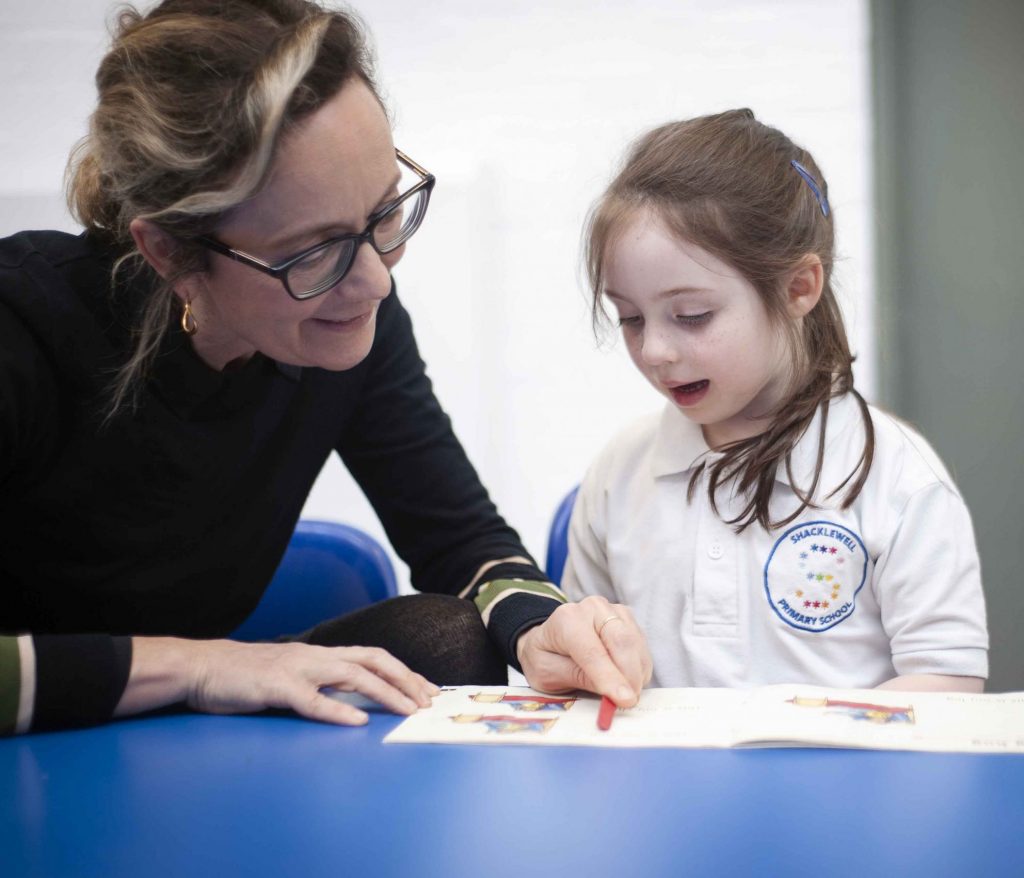
A Year 2 girl named Daisy seemed to hate reading, juggling mismatched banded books and refusing to read at home, until we found her “Goldilocks spot” with a decodable story she could actually read, sparking joy, confidence, and nightly requests for more.
Why book bands block children’s reading progress
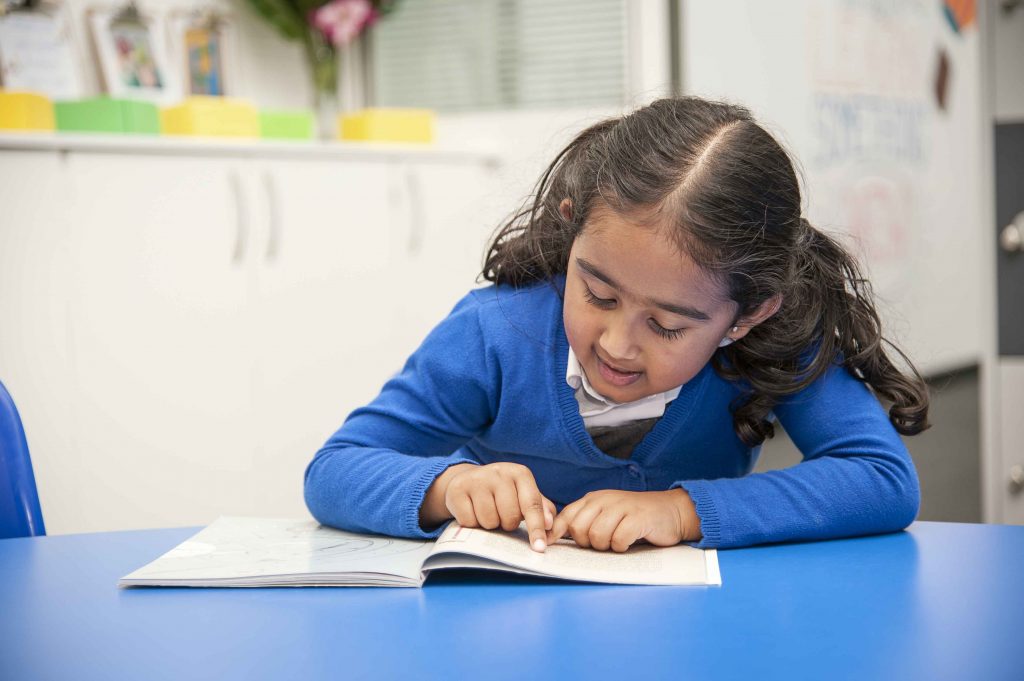
Ruth Miskin explains how book bands confuse parent and teacher judgement, mask true reading ability, and steer children toward guessing rather than decoding, arguing that randomly grouped schemes undermine phonics progress, she urges schools to ditch bands for decodable texts aligned to teaching.
